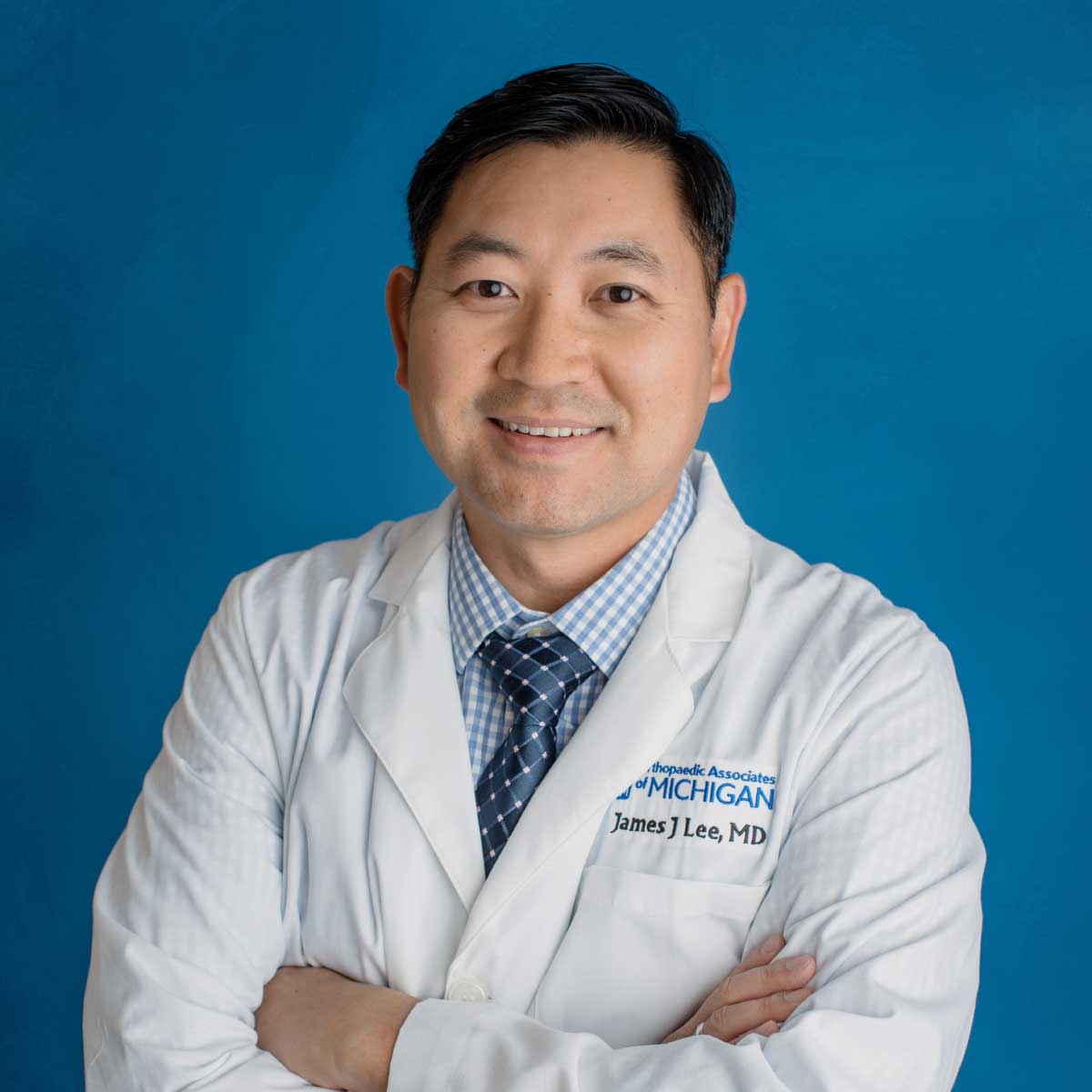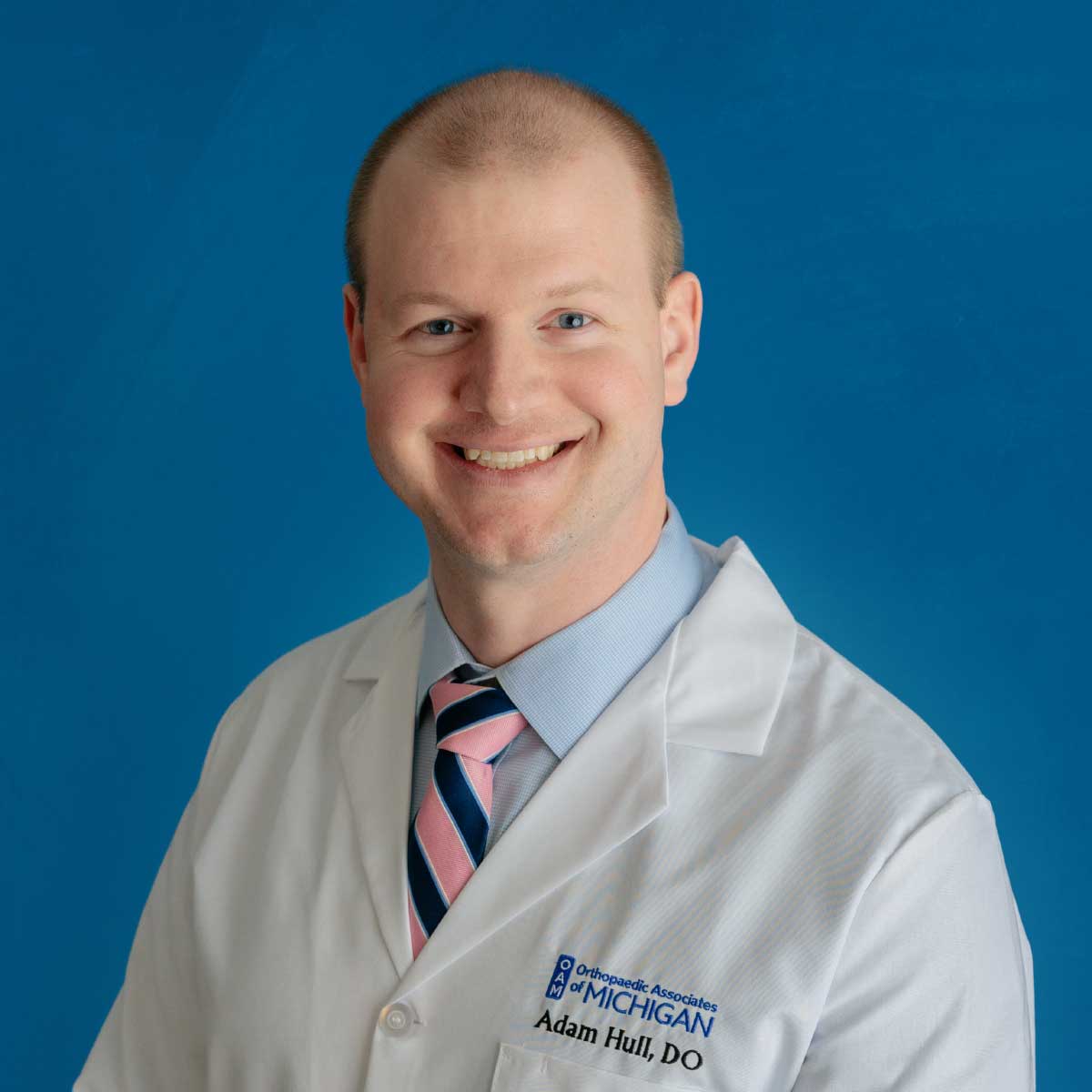Regenerative Medicine Overview
The field of regenerative medicine is an emerging and rapidly developing area of musculoskeletal medicine. Professional athletes have popularized the use of these treatments to aid in treating and healing injuries, allowing them to return back to sport.
Platelet-rich plasma and mesenchymal stem cell injections are the most common forms of regenerative treatments. These treatments have been used to treat various musculoskeletal conditions, either as a primary non-surgical treatment option or as an adjunctive treatment to surgery. These treatments are still considered investigational and are not covered by commercial insurance. Therefore, a physician consultation is recommended is assess candidacy for these treatments.
Our Providers
Platelet-Rich Plasma (PRP) Injections
PRP injections have been studied to treat tendon and muscle injuries, osteoarthritis, as well as discogenic back pain. There is clinical evidence to support its use for these various conditions.
PRP injections work by utilizing your own body’s healing potential. A blood draw is performed and then placed in a specialized centrifuge where the blood is spun down, concentrated, and then separated. The concentrated Platelet-rich plasma portion of the blood is then extracted. It is this portion of the blood which contains multiple growth factors and interleukins which are key components to the body’s own healing cascade. This PRP solution is then injected back into the patient’s body, under direct imaging guidance, to the area of injury.
OAM currently offers this treatment.
Mesenchymal Stem Cell (MSC) Injections
MSC injections are a newer area of regenerative medicine which is not as well studied as PRP. It is quickly emerging, however, with many more clinical studies being added yearly looking at its clinical efficacy to treat various conditions.
MSC injections also use your body’s healing potential, but are a more invasive process than PRP injections. Rather than a peripheral blood draw, the MSCs are extracted from the patient’s own bone marrow. This usually occurs from the posterior aspect of the pelvis. The procedure is performed under sterile conditions with local anesthesia. Once extracted, the bone marrow aspirate is then spun down in a special centrifuge, whereby the blood products are concentrated and separated. The concentrated layer of MSCs is then injected into the area of pathology.
OAM evaluates each individual case to determine if this treatment is appropriate for a patient.




